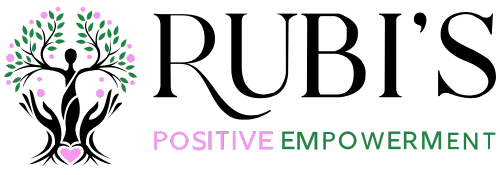
Do you want to transform your workday from overwhelming and stressful to one filled with enhanced body awareness, reduced stress levels, and improved focus and productivity? We've all experienced those moments when strict deadlines loom, and our bodies and minds yearn for a quick break.

In this blog, we'll delve into the concept of a body scan, explore its benefits, and provide a step-by-step guide to help you experience the transformative power of this practice within a mere 4-6 minute break during your workday.
It was John Kabat-Zinn (Analayo, B., 2020) who first shared the concept of a body scan in meditation. The body scan is a powerful mindfulness practice that involves systematically directing your attention to different parts of your body. Often, people begin at their toes and move up the body slowly, pausing to notice and release tension. By doing so, you cultivate a deeper connection with your physical sensations, thoughts, and emotions, fostering a sense of groundedness and presence.
What are the benefits?
The practice of the mindful body scan offers several benefits that positively impact your well-being and work performance. Firstly, it helps reduce stress by releasing physical tension and activating the body's relaxation response, promoting a sense of calm. Stress affects people in many ways. Cortisol is a hormone commonly released when the body is experiencing high levels of stress (Cortisol, 2023). In a study examining the effects of body scans and decreases in cortisol levels found that individuals actively practicing twenty minutes of body scans daily saw a large decline in this hormone over 8 weeks (Bullock, 2020). Regular body scanning also enhances your body awareness, allowing you to recognize and address discomfort or fatigue before it escalates, ultimately contributing to improved overall health. Taking a mindful break to engage in a body scan revitalizes your energy, enhances focus, and boosts productivity, providing a refreshing reset during a busy workday.


How to Do a Mindful Body Scan:
- Find a quiet and comfortable space where you can sit or lie down without distractions. Close your eyes or maintain a soft gaze.
- Begin by taking a few deep, intentional breaths to settle into the present moment.
- Start directing your attention to your toes. Notice any sensations, warmth, or tingling. If you encounter any tension or discomfort, simply acknowledge it without judgment and let it go.
- Gradually move your attention up through your feet, ankles, lower legs, knees, thighs, and so on, paying attention to each body part, one by one.
- As you scan each area, observe any physical sensations, tightness, or relaxation. Allow yourself to fully experience each moment, bringing curiosity and non-judgmental awareness to whatever arises.
- Continue moving up through your torso, back, shoulders, arms, neck, and finally, your head.
- Spend a few moments noticing your entire body as a whole, sensing any areas that feel calm, tense, or neutral.
- Conclude the practice by taking a few more deep breaths, expressing gratitude for your body's resilience and the opportunity to connect with yourself in this way.
- Slowly open your eyes, maintaining a sense of ease and relaxation as you return to your work.
Anālayo, B. (2020). Buddhist antecedents to the body scan meditation. Mindfulness, 11, 194–202.
Bullock, B. G. (2020, 01 09). How the Body Scan Meditation Practice Reduces Biological Stress. Retrieved from Mindful: https://www.mindful.org/how-the-body-scan-meditation-practice-reduces-biological-stress/
Cortisol. (2023, 07 13). Retrieved from Cleveland Clinic: https://my.clevelandclinic.org/health/articles/22187-cortisol






Leave A Comment
You must be logged in to post a comment.